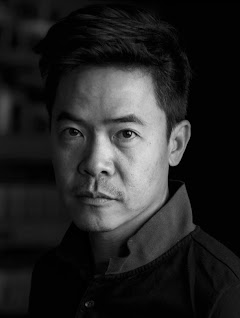Beat
I cover breaking news, documentary stories and features.
One Shot

“This image really captures this girl's emotion as she looks at the scene of the burnt refugee camp. Her expression lasted for a second or so, I got two photos of it and then it was gone. I think this look communicates her hopelessness and sadness, and I hope it can make an impact on people who see the picture.”
Profile
I learnt photography by myself, mostly by reading and going out to shoot on a film camera. I would examine the light and experiment.
For my first assignment with a news agency I was sent to the far south of Thailand. I had covered this area before, but the style of work with the agency was very different. For me, the hardest part was putting together the captions. It took me two hours to finish them!
I recently went to take pictures of a camp for refugees from Myanmar that had burnt down. The camp was very isolated and it was hard to get there. When I arrived I saw horrible scenes of sad and hopeless people. I wanted to help show what they had lost, how they were feeling and what they were hoping for so that viewers outside would be able to understand and the victims would be able to get help.
The assignment that left the biggest mark on me was covering Red Shirt protests and violence in Thailand in 2010. During my coverage, I found myself next to some soldiers hiding near a fence in a park. Grenades hit the area where we were about four or five times. I wasn’t touched, but a soldier near by me was very badly hurt. I tried to help as much as I could.
Covering the 2010 violence in Thailand was very important to me; I created a larger body of work and won several awards including ones from Pictures Of The Year International, the National Press Photographers Association and Days Japan. But an assignment that made an even greater impression on me was covering the aftermath of the earthquake and tsunami in Japan in 2011. I travelled for a month in the area where the earthquake hit and over the last couple days, I got a chance to enter the exclusion zone near Fukushima Nuclear Power Plant. Everything was still working there – the traffic lights, the vending machines – but there were no people.
When I take pictures I want to show the what, when, where, why and how of a story. I want to get a feeling for my subjects and when they show their emotions and I can capture it, that’s what I’m really going for.
My biggest lesson has been working out how to survive when you’re on your own in a different country and you find yourself in a violent situation. I try to learn from every assignment as much as I can, and I learn from my mistakes. That’s very important.
I respect Reuters photographer Damir Sagolj. I already had experience with a news agency before I started working with him, but he has taught me a lot.
Behind the Scenes


